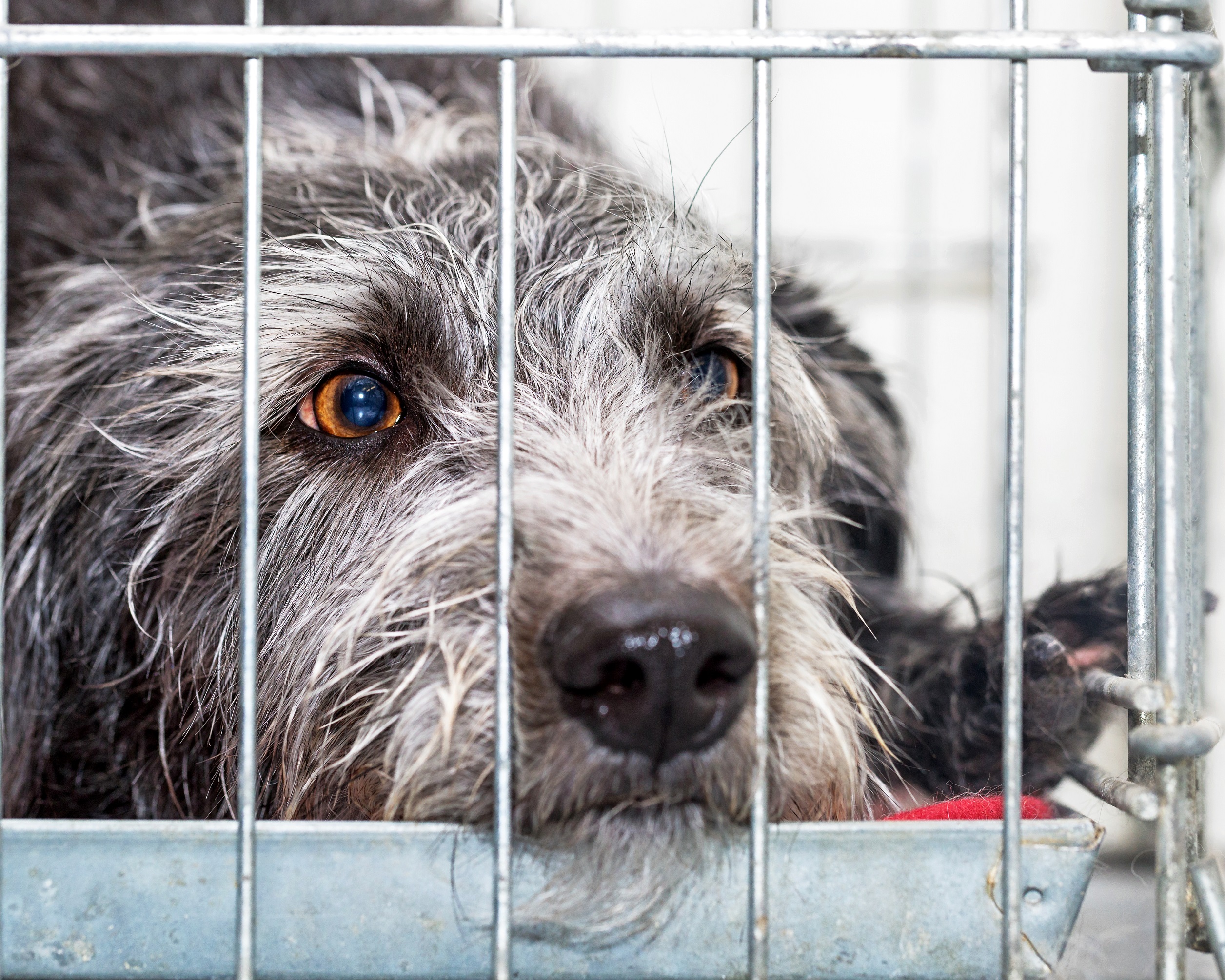Help Wanted: The Pet Industry Can Drive Change, Save Lives
Glenn Polyn //April 1, 2022//
It can often be a sea of confusing information when it comes to animal welfare needs. One media headline stresses a looming crisis for shelter pets, while another espouses a dog shortage. Despite incomplete data and inconsistent conclusions, make no mistake, pets need your help. Annually, at least four million pets enter thousands of organizations tasked with their care. While declining euthanasia rates are promising, they don’t come easy. The need to support shelters, rescues and other nonprofit organizations serving pets will continue for years to come.
Helping pets in need is nothing new to the pet industry or to the individual companies that make up the industry. Whether partnering on shelter food programs, providing product and monetary donations during disasters, supporting pet adoption, sponsoring events and a host of other activities, passionate pet industry leaders have been partners in lifesaving for years.
Doing good for pets can also advance company goals. The win-win-win strategy benefits three main areas: improves employee morale, builds brand and, of course, helps pets in need. Often the best way for smaller companies to achieve objectives is direct partnership with local organizations. Partnering creates impactful content to share internally and with your audience on social media. When choosing an organization, my advice is to look beyond the aesthetics, and choose an under-resourced organization working hard to save lives. The appreciation you will receive and the impact you make will be felt exponentially.
Beyond the traditional paths to help, there are new opportunities where the industry can drive change. Animal welfare seeks to change the paradigm of animal sheltering and build a new system to better address not only the needs shelter pets, but of those in the community. The pet industry can be vastly influential in shaping this future vision. The new model centers around elevating the community’s role and responsibility in saving pet lives.
To explain this movement, let’s borrow an example from the child welfare side. In the 1950s, reformers began a movement to lay the groundwork for a new child welfare system. By the 1960s, orphanages were extinct and replaced by foster homes supported by the social services system. Animal welfare needs a new system, one where less animals are cared for in the shelter and the focus shifts to a support network for the community. This new model requires reframing the narrative, shifting attitude and driving action – from shelter to community.
Keeping pets with their families
Reducing “owner-surrendered” pets entering the system: The pet industry can support local and national legislation to reduce barriers to keep pets or increase access to care for pets. Let’s keep pets with the families that love them. Increase pet friendly housing, eliminate insurance restrictions, lease fees and breed restrictions. Pet industry support of these types of legislative efforts is good for shelter pets and for pet ownership overall.
Reuniting lost pets directly
Reducing stray shelter intake: Changing the narrative around the term “stray,” which often has a derogatory connotation, can be the first step to achieve our objective. Think “lost” pet not “stray” animal. One in three pets go missing during their lifetime yet we still don’t have a cohesive system to reunite these pets with the families who love them. Tracking pet technologies and microchips help increase reunification, but not every pet owner takes advantage of these products due to cost. In the day of technology, pet parents continue to resort to placing physical flyers around town and posting on multiple social media sites trying to locate the finder of their pet. Petco Love Lost is a new national lost and found search database that utilizes pet facial recognition technology to connect frantic pet parents with the finders of lost pets. Simply spreading the word about this free system can help create universal use, the key to reuniting pets.
Fostering pets
Shifting the care of pets into pet loving homes versus a building: To dismantle our broken sheltering system, pet fostering needs to become a fabric of society. We need a movement similar to the child welfare reform. Who better to lead this effort then the pet industry? There are 90 million pet households in the U.S., five percent of which could care for all the pets now being housed in shelters. Why, in 2022, do we have an expensive sheltering system for pets versus a national pet foster care system? Pet companies reevaluating their philanthropy should consider internal employee programs to incentivize, encourage and support pet fostering nationwide as company initiatives.
The Help Wanted signs for pets in need remain everywhere. The goal in the end is to find where your company can make the biggest impact. And change some pet lives for the better
Susanne Kogut is president of Petco Love, a nonprofit working to serve animal welfare needs nationwide. She also serves as vice chair of the Human Animal Bond Research Institute.



















